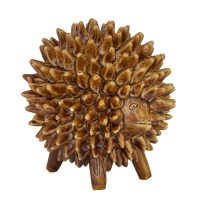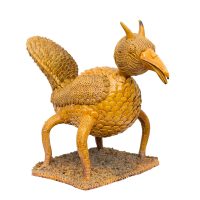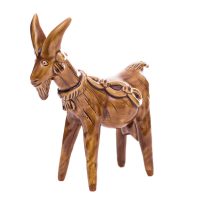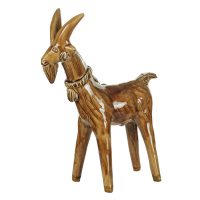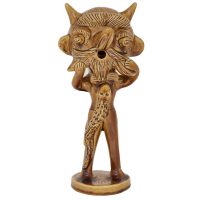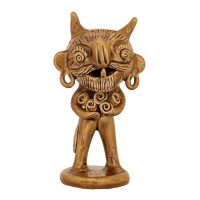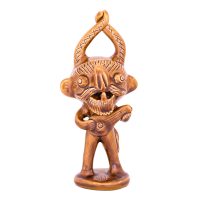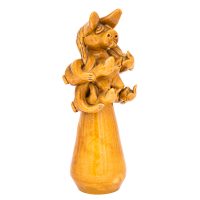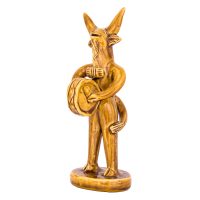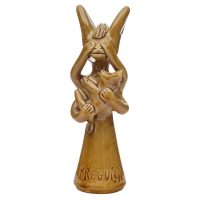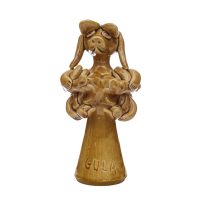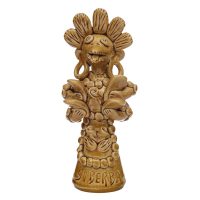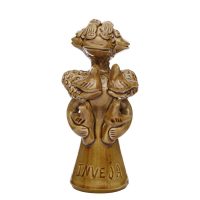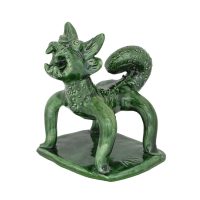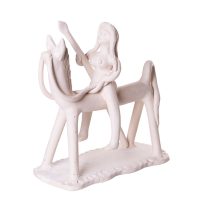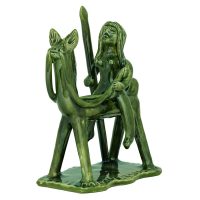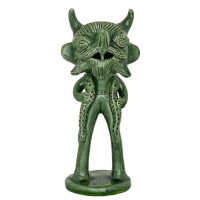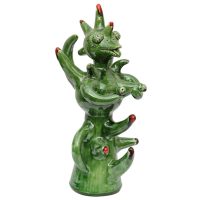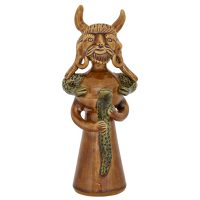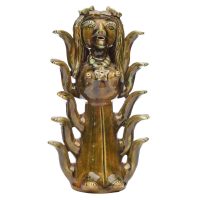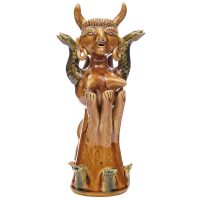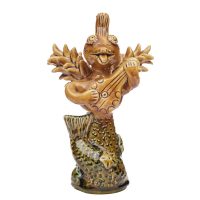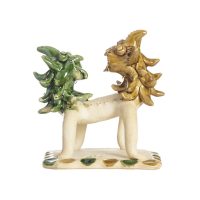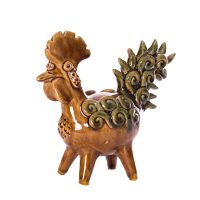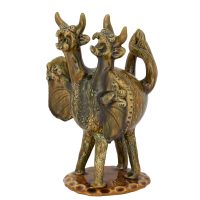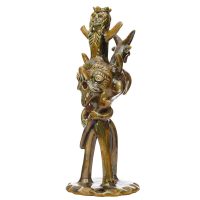PT | EN
LAGARTO! LAGARTO! LAGARTO!
Rosa, Júlia & António Ramalho
– Who made this lizard?
– Me, who would it be?!
– And how did you do that?
– With my hands, how was I supposed to do it?!
In an imaginary regression to the most distant eras of life on Earth, the amphibian lizard might have been, as many defend, the first animal to tread on earth. It turns out that if there is a common element connecting the three arts at the gallery Cruzes Canhoto – art brut, tribal art and folk art – this element is precisely the lizard, in its most diverse forms. Curiously, the expression “Cruzes Canhoto!”, equivalent to “vade retro, Satanás!” has the same meaning as “lagarto, lagarto, lagarto!” (“lizard, lizard, lizard!”: popular portuguese expressions to ward off the demons and bad luck). There is also the coincidence that the piece that triggered the meeting between Rosa Ramalho and António Quadros, in 1956, was once again a lizard – considered lucky by the Ramalho family.
We are not believers in metaphysics, nor do we cultivate esotericisms, but we have learnt not to despise the coincidences that chance offers us.
For all this, when we decided that it would be the Ramalho family – Rosa, Júlia and António – to open the cycle of exhibitions dedicated to folk art, the title chosen could only be “Lagarto! Lagarto! Lagarto!”.
Fulfilling an ellipse of 60 years, exactly the same period (1956-2016) in which Júlia has been developing her creative activity, the lizard of Rosa goes through a long path of mutations until becoming António’s “Sarrônco”.
However, this exhibition is not intended to be an extensive sample of the work of the family. Given the specific scope of Cruzes Canhoto’s action, only pieces of outsider art were selected, excluding the representation of saints, nativity scenes or figures from rural everyday life, and preferring instead figures of strange and grotesque beings belonging to mythical, surreal and ghostly universes. In the end, this was what consecrated the work of Rosa, Júlia and António Ramalho as absolutely unique, three artists essential not only in the history of the figurative pottery ceramics in the region of Barcelos, but also in the scope of all Portuguese folk art.
LAGARTO! LAGARTO! LAGARTO! (Lizard! Lizard! Lizard!)
Rosa, Júlia & António Ramalho
Date:
12 November > 31 December 2016 + A Couple of Days
Where:
Gallery Cruzes Canhoto, Rua Miguel Bombarda, 452, Porto, Portugal
Curatorship:
Cruzes Canhoto
Texts:
Tiago Coen / Maria Manuela Restivo / Maria Canhota
Photography:
Nuno Marques / Cruzes Canhoto
Support:
The Pottery Museum in Barcelos
City Hall of Barcelos
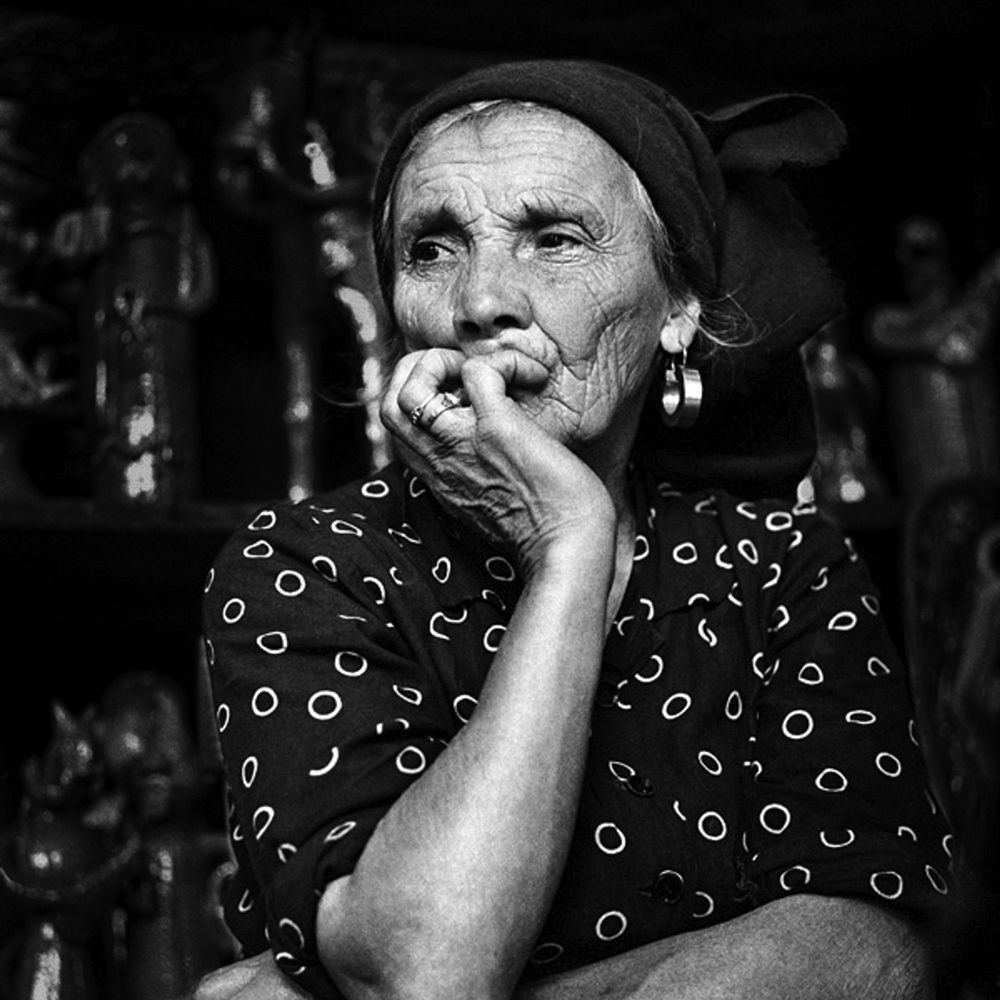
ROSA RAMALHO
Rosa Barbosa Lopes, better known as Rosa Ramalho or Ramalha, was born in August 1888 in the parish of Galegos S. Martinho, in Barcelos. She began to work with clay with a neighbour when she was a child, but it was only in the 1950s, after the death of her husband, that she left the miller’s activity and began to produce clay figures more frequently. She worked until her death in 1977, having never stopped selling her creations in the fairs and markets of northern Portugal.
In her work are still found several motifs of the rural life in Minho, typical of the traditional figurative pottery (bands of music, processions, figures with plows), but it was her visionary dimension, materialized in anthropomorphic creatures and surrealistic animals, besides the devils and the christs – her brand image – that attracted the attention of a group of professors and students of Fine Arts in the 1950s. The artistic valorization of the work of Rosa Ramalho by the intellectual elite was decisive for the change of paradigm in the production and in the consumption of the figurative pottery of Barcelos in the following years.
Her name, popularly known by the RR signed in her pieces, will be forever associated with the history of the figurative pottery in Portugal.
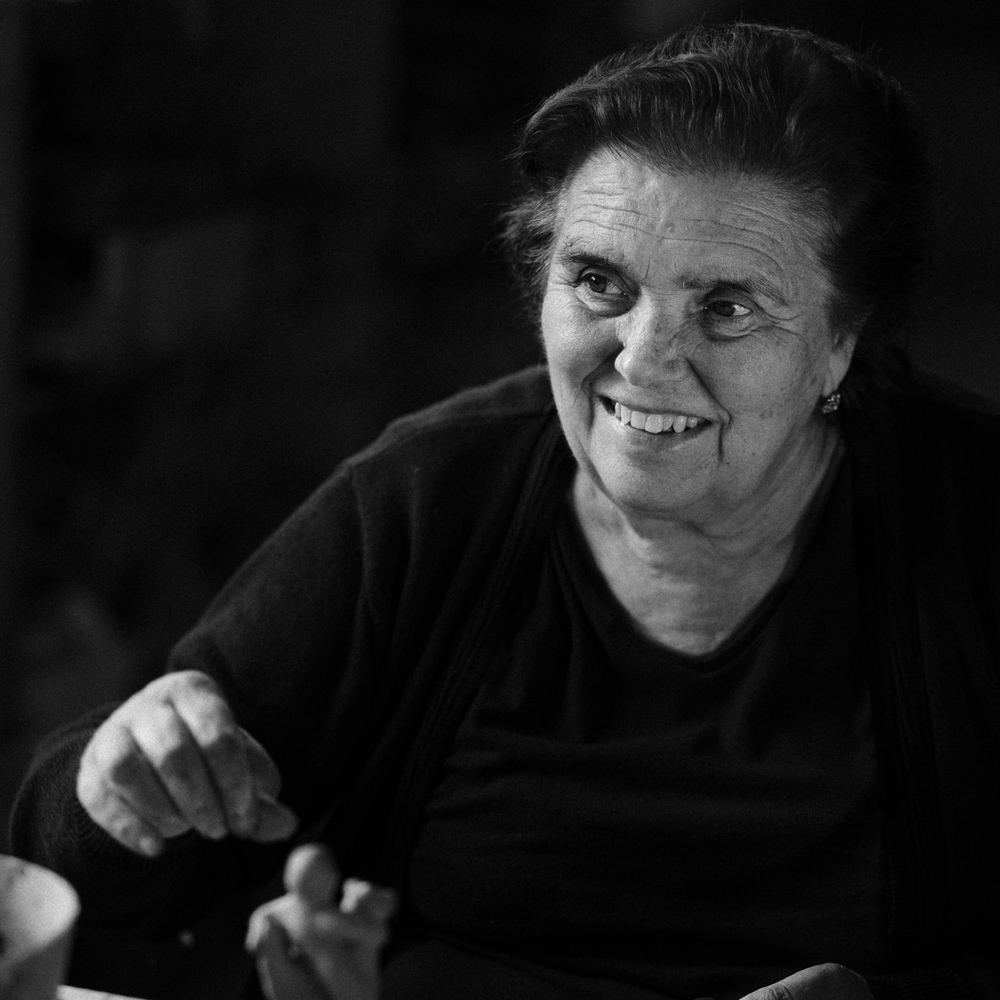
JÚLIA RAMALHO
Maria Júlia Oliveira Mota Esteves was born in May 1946 at her grandmother’s house, Rosa Ramalho. She began to model the clay from an early age and as a child she always accompanied her grandmother to the most diversed fairs. She signed her first piece at the age of 10, encouraged by the portuguese painter António Quadros. Adventurer by nature, she established herself on her own in the late 1960s, and began to claim her stylistic identity, moving away from Rosa Ramalho’s creations. Her production is characterized by the use of glaze in various tones of honey, on pieces mostly with religious motifs, although she never completely abandoned the dimension of the fantastic and the profane inherited from her grandmother. Among her best-known and most recognized works are the “Seven Deadly Sins” (a creation from the late 1970s) and the “Medusa” (created in the mid-1980s).
The close relationship with a more intellectual and politically conscious class, largely linked to the portuguese left-wing, along with the multiple travels around the country and abroad, gave her a cultural status without equivalent in its peers, making Júlia Ramalho the most dignified representative of portuguese folk art throughout the national territory and beyond.

ANTÓNIO RAMALHO
António Manuel da Mota Ferreira, Júlia Ramalho’s son, was born in 1969 in the parish of Galegos S. Martinho. Even though he was born to a family of clay artists, he did not see a great future in this activity, so in the beginning he tried his luck in other areas and in other places, namely England (1989) and France (1990).
He created his first pieces in 1991, but only in 2004, after returning from a long stay in Germany (1999-2004), he began to dedicate himself exclusively to the figurative pottery. Endowed with the visionary creative genius of his great-grandmother, he has been experimenting new techniques and progressively developing his own figures, while helping the mother to produce her pieces.
In his creations, marked by the use of green glaze, he uses several elements of his mother’s and great-grandmother’s pieces, which, when extracted from their original context and included in a new one, end up defining a style of their own. It is a chimeric universe, almost psychedelic, populated with fantastic creatures, heir of the family tradition, but still pioneer, pointing out new routes of evolution to the figurative pottery of Barcelos region, and with a potential of interest that goes beyond the classic collector of folk art.
All works exhibited are available for online purchase.
If you are interested please contact us.







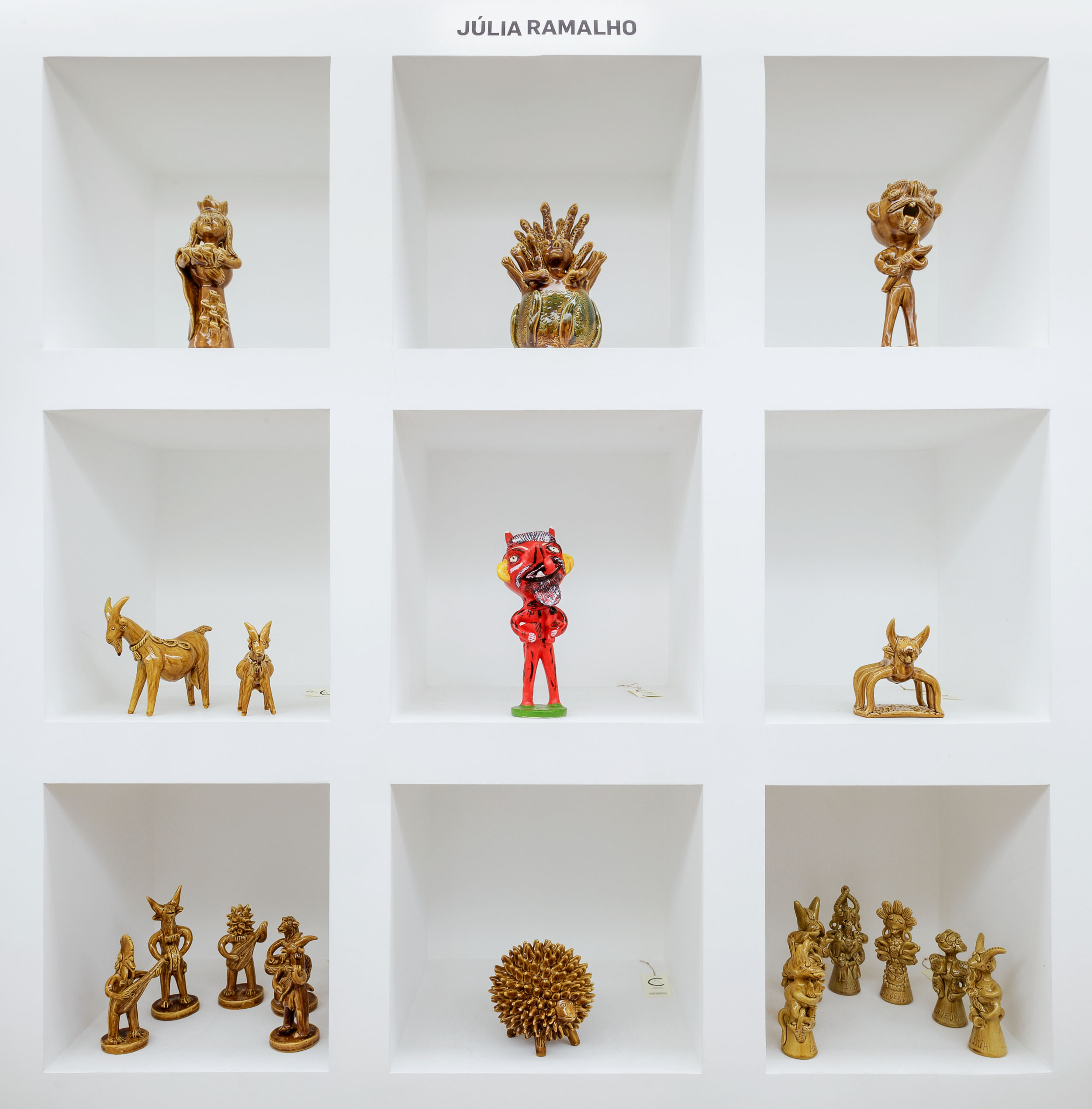
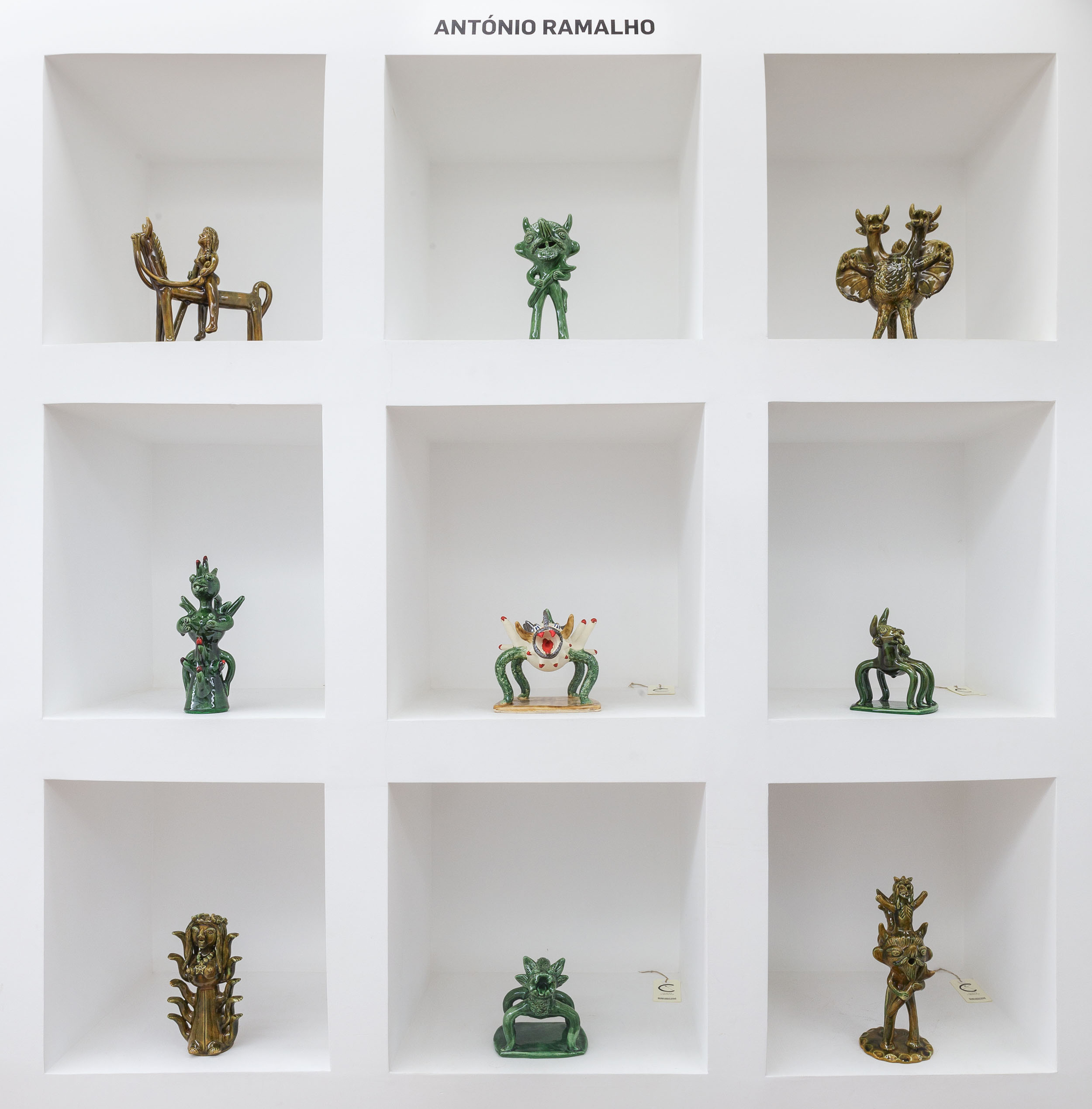




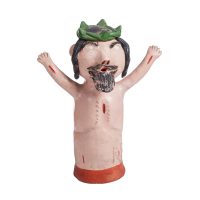

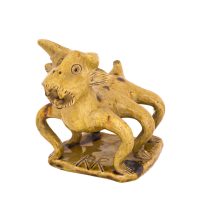
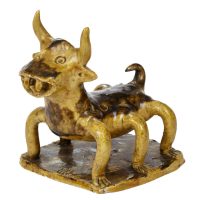
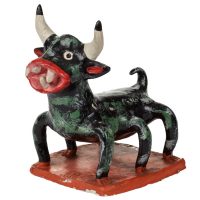
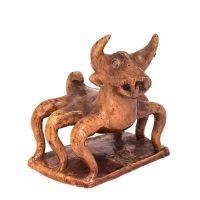
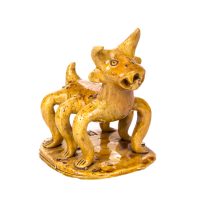

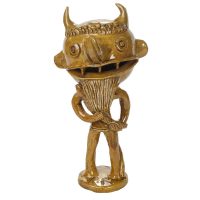








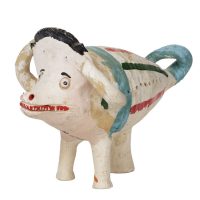




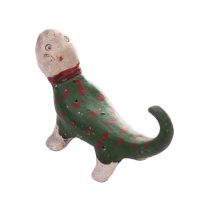
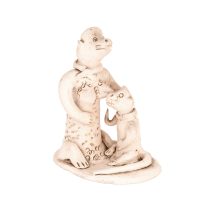


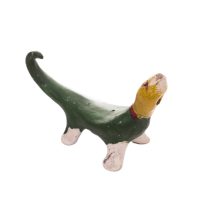
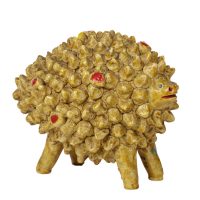

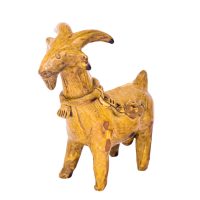
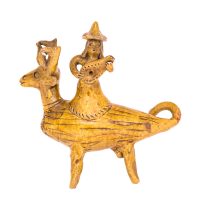



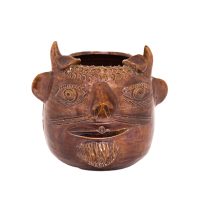

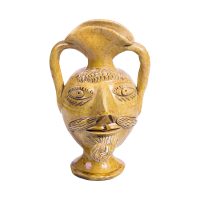
!["Medusa", 1980-90, Barro vidrado, 12x20x12 cm [Primeira Medusa de Júlia Ramalho]](https://cruzescanhoto.com/wp-content/uploads/ramalho_023web-200x200.jpg)


